New River Folk
Identity and place at New River Head
Research Project
During summer 2021 Laura Copsey and Philip Crewe were illustrators in residence for the first Engine House Residency, commissioned by the Quentin Blake Centre for Illustration (formerly House of Illustration). The outcomes, New River Folk Museum and the New River: Immersions exhibitions were installed at the New River Head site during Open House London and London Design Festival 2022.
Copsey and Crewe collaborated to explore the heritage of the New River, with focus on historic trades and superstitions associated with water in the era of the New Rivers construction (1604–1613). Their intention was to discover the names and occupations of working class trades people, often omitted from the New Rivers official history, people who had once either worked for the New River Company or would have had occupations affected by it.
Their New River Folk became characters, each with a collection of storied objects, tools and ephemera presented as a fictional museum, capable of telling stories of their working lives and beliefs. Being from marginalized historical groups documentation was scarce –fragments, gaps and unknowing. As storytellers, this grey area between what si real and imagined is the territory in which Copsey and Crewe’s work sits, where curiousity and not-knowing becomes a fertile site for creativity.
The collections of the New River Folk, Mary Woolaston, Joan Starkeye and William Mollitrape are all made using traditional craft techniques and site specific process. Material was ‘excavated’ on site and repurposed and images were made directly with the site using camerealess photography, 16mm film and New River water.
As a result, the colections became para-fictional, simultaneously real and unreal. ‘Para-fiction’ is a term that describes artworks that inhabit the overlap between fact and fiction. ‘In para-fiction, real and/or imaginary personages and stories intersect with the world as it is being lived’ in the present with works often skilled at mimicry and therefore potentially deceptive, which in a museum context creates an obvious ethical tension. However, Copsey and Crewe aimed to offset the potential harms of para-fiction, via playful spirit and use of ‘immersive heritage’ methods with “story-led, audience and participation centred, multisensory experience, attuned to its environment,” Here the heritage is not about the past at all, but constructed ideas of how the past may serve present and speak to our contemporary interests and concerns.
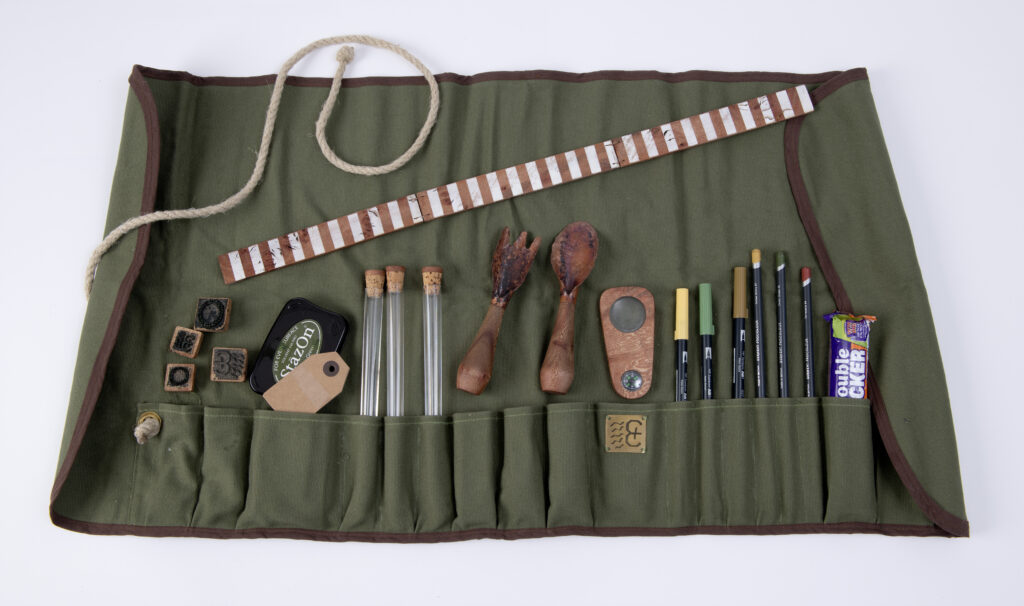

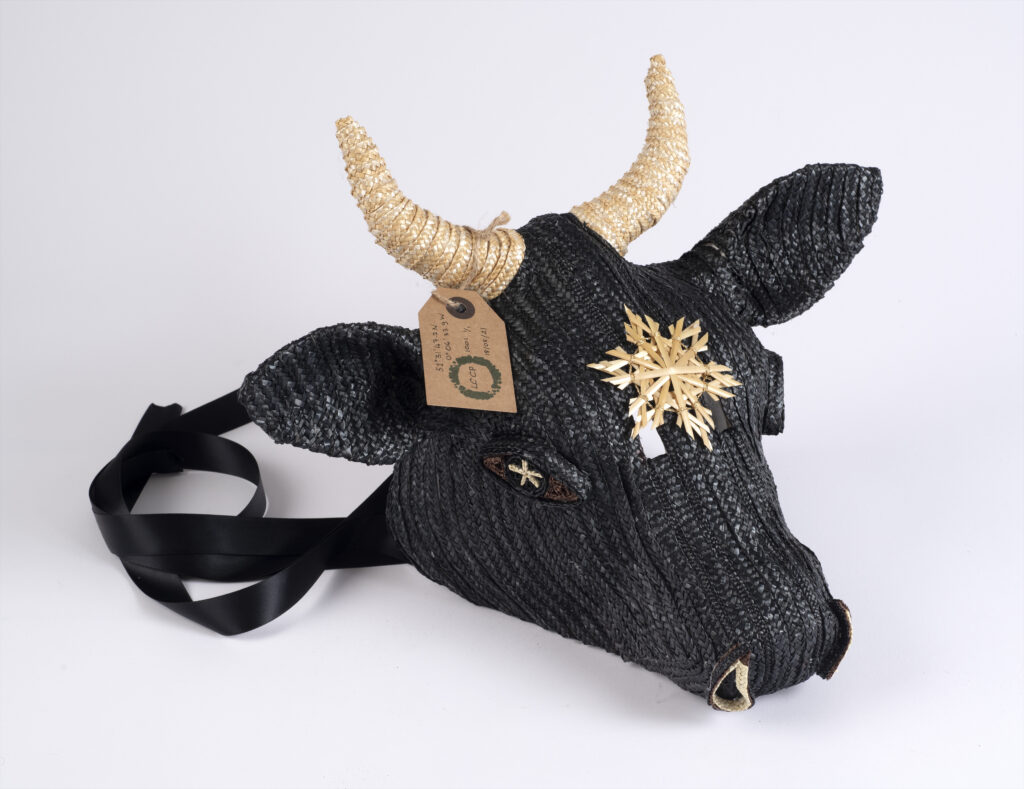
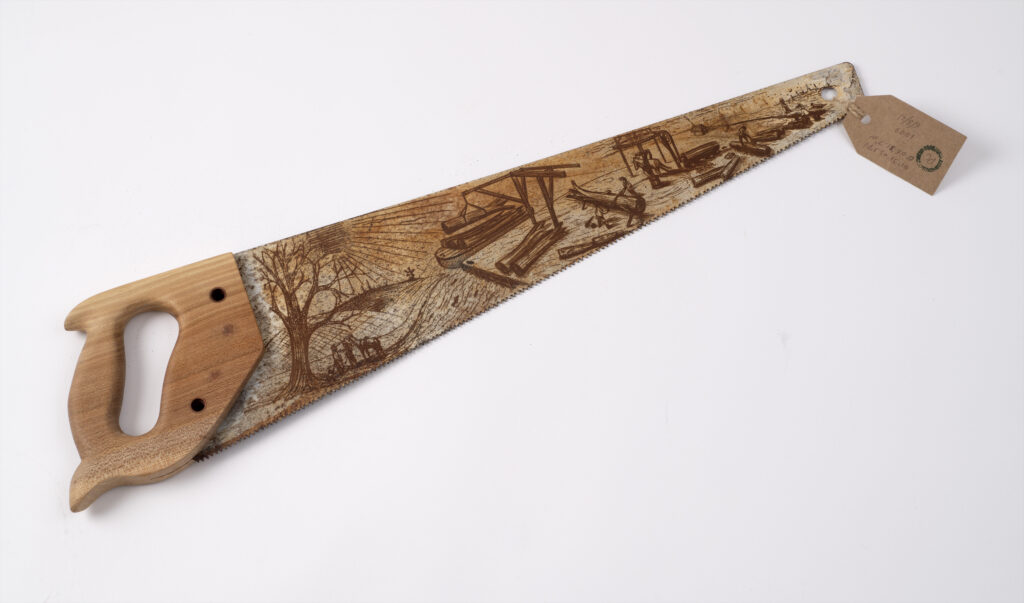

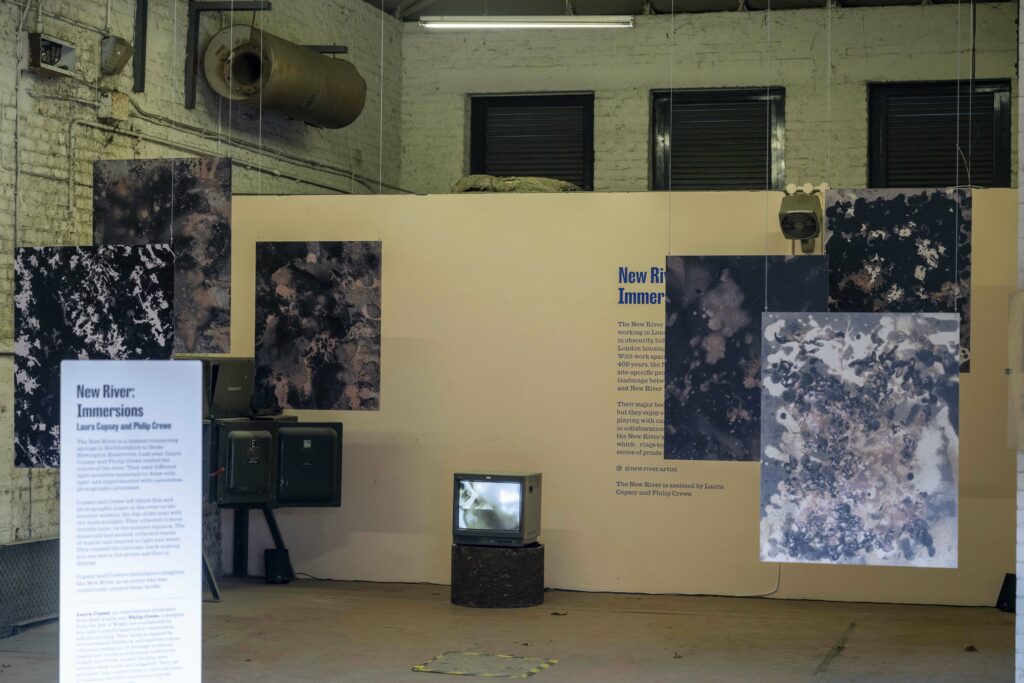

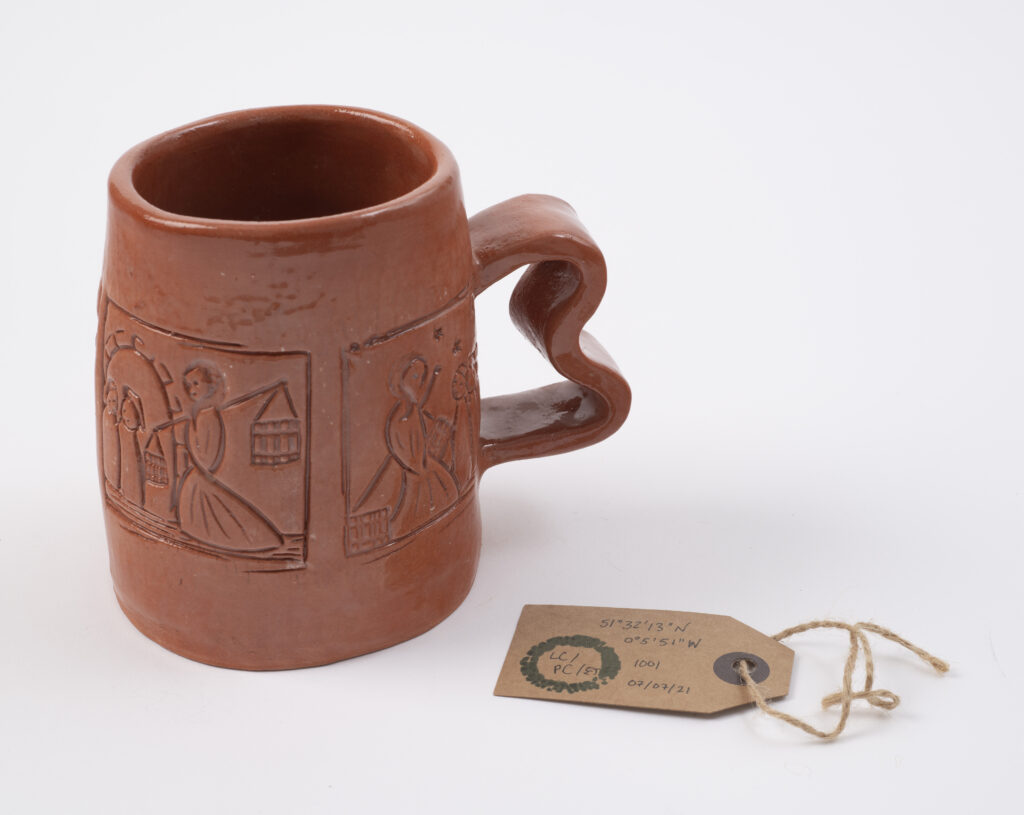
More info about this project:
qbcentre.org.uk/journal/copsey-and-crewe-narrative-extraction-services
Instagram: @copseyandcrewe and @new.river.artist
About us
Philip and Laura met as students at the RCA in 2016 and share an interest in heritage, people and objects. Their work explores how time, experience, traditional craft and objects can communicate; and how careful material decisions to enhance context and sense of place. They have collaborated with @ReachOutRCA on ‘Institutional Failure’ related to the authority and (un)reliability of historical narratives; and at The Museum of English Rural Life (MERL) where Philip created a layered tool kit for farming and baking, inspired by London folklore, to facilitate Laura’s portable wheatfield where she attempted to grow one loaf of bread from scratch